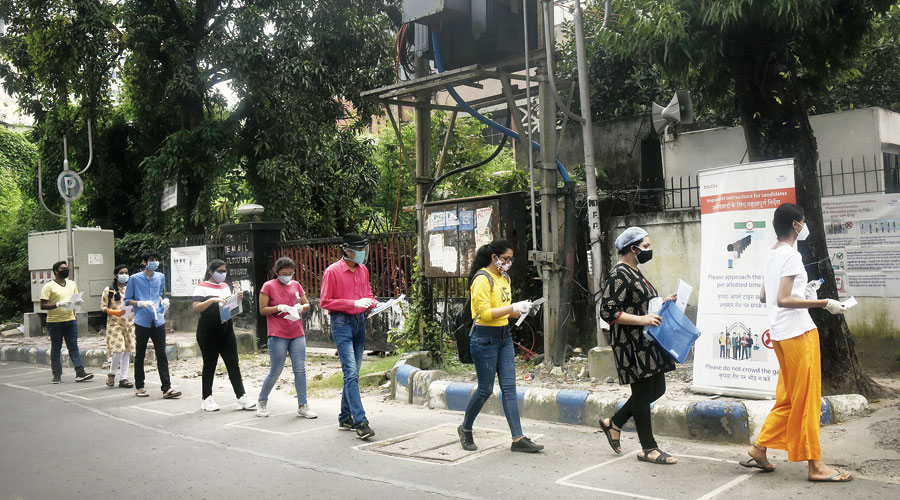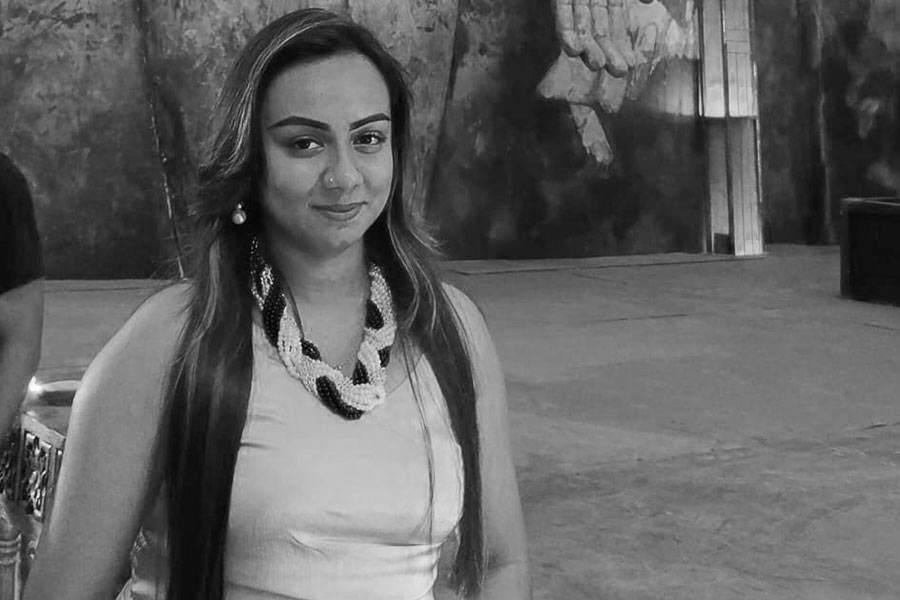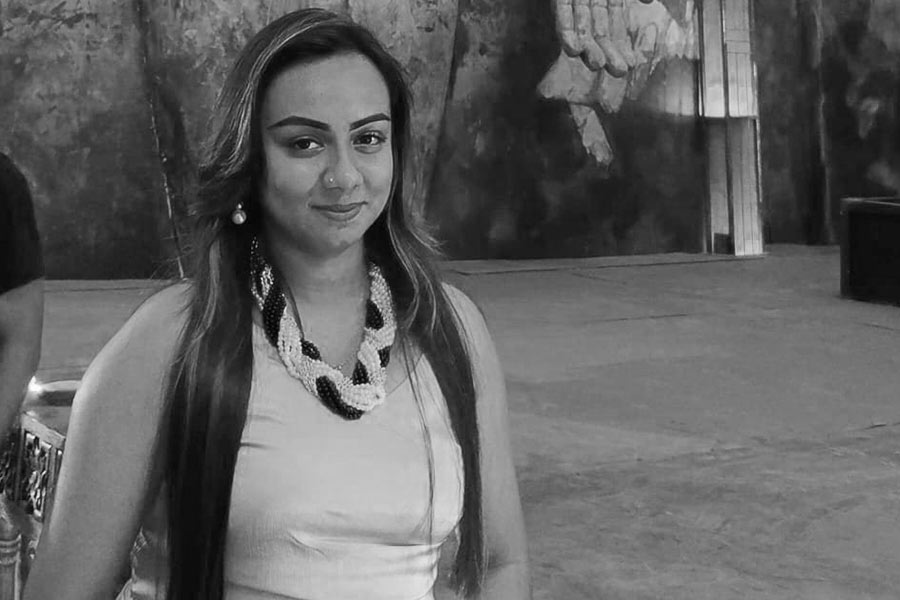The cut-off marks qualifying students for BTech admission in the IITs this year are half the figures prescribed in the brochure, marking a new low that some academics said could be the combined outcome of difficult questions, the pandemic and increased seats.
Some 43,204 candidates have cracked the JEE Advanced exam, taken by 150,838 students in September. Last year, 1.61 lakh candidates had sat the exam.
Of the successful candidates, 17,823 are in the Common Rank List (general category); 9,195 have qualified for the 27 per cent OBC quota; 5,087 for the 10 per cent Economically Weaker Sections quota; 7,852 for the 15 per cent Scheduled Caste quota and 2,811 for the 7.5 per cent Scheduled Tribe quota. Apart from these candidates, there are the successful differently abled students.
Every year, the IITs prescribe an aggregate cut-off of 35 per cent for the general category, followed by 31.5 per cent for the OBC and EWS students, and 17.5 per cent for the SC and ST students. Most years, the cut-offs are eventually lowered to try and fill seats.
Besides, the general candidates need to obtain at least 10 per cent marks in each individual paper — mathematics, physics and chemistry. This cut-off is nine per cent for the OBCs and EWS and five per cent for the SCs and STs. The subject cut-off is rarely, if ever, lowered.
But this year, both cut-offs have been halved, with several IIT professors saying they could remember no precedent.
The IITs have reduced the aggregate cut-off for the general category to 17.5 per cent, compared to 25 per cent in the last two years, and the subject cut-off — not reduced in at least the last four years — to 5 per cent. (See chart)
The aggregate cut-off for the OBC and EWS students is 15.75 per cent, far lower than the last two years’ 22.5 per cent. For the SCs and STs, the aggregate cut-off is 8.75 per cent, against the last two years’ 12.5 per cent. The subject cut-offs for these categories too have been halved.
“The aggregate cut-off is usually lowered to ensure seats are not left vacant. But I don’t remember the subject cut-off being ever reduced,” former IIT-JEE chairman H.C. Gupta said.
The JEE Advanced website does not give full details of the cut-offs adopted for the 2015 exam. Another former JEE chairman said the aggregate mark was certainly lowered in 2015 but he was not sure whether the subject cut-off had been lowered that year.
“There were fewer examinees this year, perhaps because of the fear of Covid. When there are fewer students, the cut-off may fall,” an IIT Madras teacher said.
The JEE Advanced chairman for this year, Sidharth Pandey from IIT Delhi, said that about 3,000 seats had been increased to accommodate the EWS quota and the 20 per cent supernumerary seats for women students. He said the questions too had been tougher than usual.
“The question papers were difficult; the number of seats rose from about 13,000 to 16,053. Government policy requires us to select twice the number of required candidates in every category so that no seat remains vacant. To select the required number of candidates, the cut-off had to be lowered,” Pandey said.












